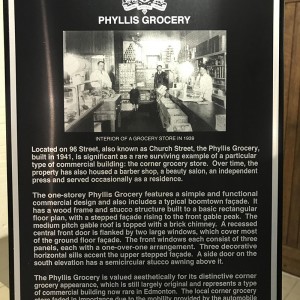Spring: A Time of Anticipation
Once the snow is gone, the neighbourhood starts to come alive with colour.

Spring is my favourite time of year. We go from cold winter short days to longer, warmer days. And then the miracle of spring begins, when the crocus, daffodils and tulips emerge miraculously from a carpet of snow, and provide the first show of colour. The second miracle is when the little green buds appear on the shrubs and trees. Finally, when the sun warms the ground even more, one fabulous day the trees and shrubs burst forth with leaves that reach for the sun. What an exciting day that is. Suddenly the world is full of possibilities, and the snowy grey days of winter are gone.
There is lots of preparation we can do as we wait for spring. When the ground is thawed, we can turn over the soil in our vegetable garden areas. About March 1 or so, we can start seeds inside in egg crates or those little peat pots available at garden stores. We can also cut pieces of the annuals we managed to save (like geraniums), and transplant them with root boost into little pots where they will root and make big plants eventually. I managed to do that for the first time last Spring, and got enough small geraniums that I hardly had to buy any for my flower boxes along my side alley. We have to water them daily, but it saves a lot of money.
We need to fertilize the trees and shrubs so they have new nutrients to grow on all spring and summer, which helps make a lush harvest in the fall. Think of your yard’s living shrubs and trees like they were people. If we get up from a long sleep, we are hungry – and we want to eat. Consult Lois Hole’s excellent books to know when and what to use for which plants, shrubs, and trees.
The Indigenous people taught the new settlers to North America to use fresh-caught fish heads and guts as fertilizer. I lived on a lake in Saskatchewan for a few years, and I saw how well this works. We caught fish to eat and put the heads, tails, and guts under the new tomato plants in a sunny location. When the roots of the plants found the fish, they suddenly grew strong, big, and healthy in just a few days. That taught me to plant fish under everything. My yard is an example: I planted fish under every tree and shrub, and in every flower box and planter. The colourful flowers and bountiful harvest are the result.
Before I bought my small 110 year old house in McCauley 12 years ago, my yard was used as a parking lot. It didn’t have a single living thing in it, and the soil was full of oil and gas. But the addition of fish (and other fertilizers as available) has helped the new plants to grow and overcome that soil problem. Other people swear by cow or sheep manure, or other types of fertilizers. The bottom line is: whatever you use, the plants need food to be healthy.
We also need to support vines and trailing vegetables so they grow strong. Last summer I tried planting runner beans behind the flowers in my flower boxes against a blank wall, and they grew well. I used rough twine to support the vines and they filled in nicely.
So, here’s to spring and making our neighbourhood beautiful and lush by planting and fertilizing our gardens! By the way, if you are buying new trees, we are in Zone 3 – anything higher than Zone 3 will not grow through our harsh winters.
Dr. Joanne McNeal is a retired art education professor, artist, singer and musician. She has lived in McCauley for almost 12 years.











